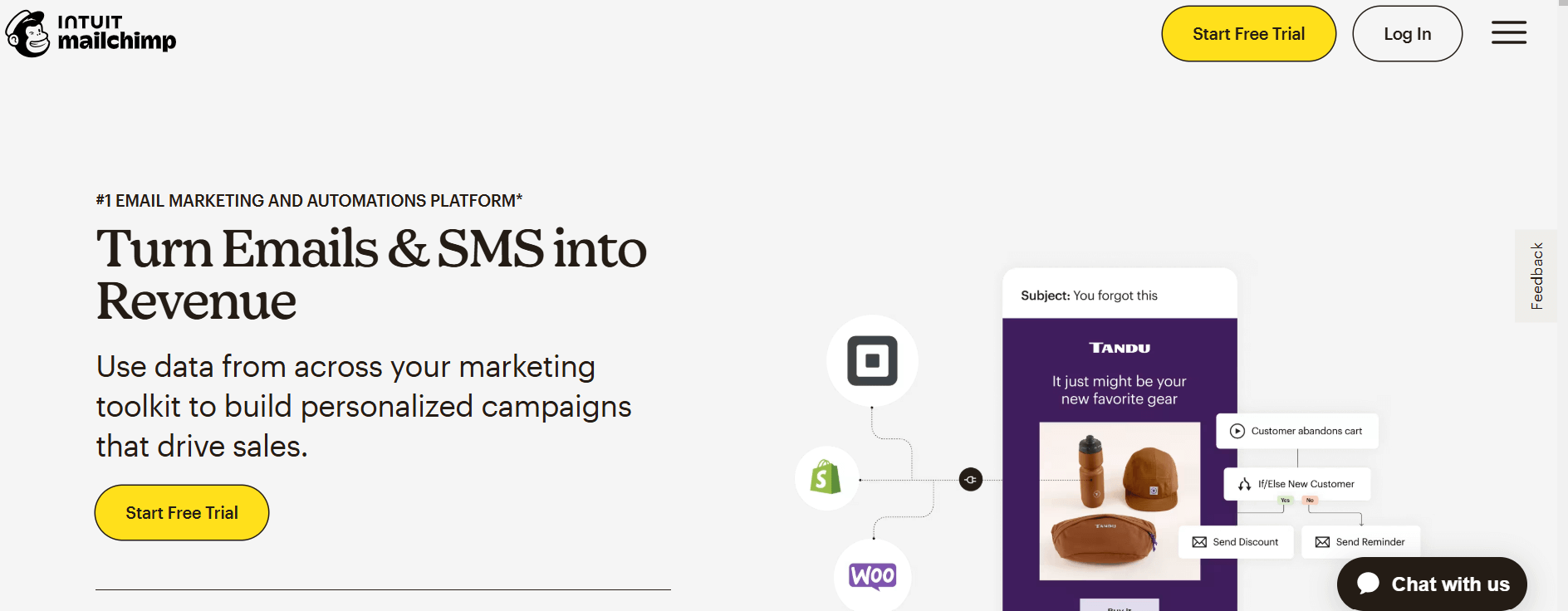How Emerging Tech Shapes Digital Marketing Strategies for Nonprofits
Meta Description: Explore how emerging technologies are transforming digital marketing strategies for nonprofits. Discover valuable insights and best practices to enhance engagement and fundraising efforts.
In today's fast-evolving digital landscape, nonprofits must adapt to remain competitive, and emerging technologies play a crucial role in shaping their marketing strategies. With over five years of experience in SEO and helping more than 20 organizations optimize their performance, I, Antonin Volkov, am excited to explore how nonprofits can leverage these technological advancements to enhance their outreach, engagement, and fundraising efforts.
The Need for Adaptation: Understanding Emerging Technologies
As technology continuously evolves, nonprofits face the challenge of staying relevant and effective in their marketing efforts. This blog post aims to inform, empower, and inspire nonprofit organizations by highlighting the latest advancements and practical strategies that can lead to significant improvements in digital marketing initiatives. Here's a closer look at some key technological advancements transforming the landscape for nonprofits.
1. Technological Advancements Overview
Artificial Intelligence (AI)

Artificial intelligence is rapidly transforming the way nonprofits approach their marketing strategies. By automating donation processing, predicting donor behavior, and personalizing interactions, AI tools can maximize the impact of outreach efforts. For instance, the World Wildlife Fund (WWF) employs AI-driven platforms to analyze data and tailor their communications, allowing them to reach supporters effectively.
Chatbots

The implementation of chatbots could revolutionize how organizations interact with potential donors and volunteers. Charity: Water effectively uses chatbots on their website to answer frequently asked questions in real-time, significantly improving engagement rates with users and streamlining support efforts.
2. Data Analytics and Insights
Importance of Data-Driven Decisions
Using data analytics for decision-making is no longer an option but a necessity. A report from Salesforce indicates that organizations utilizing data analytics experience a 23% increase in revenue. This underscores the immense potential of data-driven strategies in maximizing fundraising initiatives.
Case Study: American Red Cross
A notable success story is that of the American Red Cross, which adopted data analytics to drive its fundraising campaigns. By analyzing donor behavior and preferences, the organization crafted targeted campaigns, resulting in a remarkable increase in donations by up to 30%. This case illustrates the power of data in refining digital marketing strategies for nonprofits.
3. Social Media Innovations
Emerging Platforms and Trends
Social media platforms are evolving rapidly, offering new opportunities for nonprofits to connect with their audiences. TikTok, for instance, has exploded in popularity, providing organizations a chance to engage with younger demographics through creative content. The #GivingTuesday movement effectively harnessed social media, showcasing how short videos and engaging campaigns can drive donations and support.
User Engagement Statistics
According to Hootsuite, a staggering 73% of marketers believe their social media efforts have been "somewhat effective" or "very effective." This momentum underscores the importance of social media in modern digital marketing strategies for nonprofits.
4. Email Marketing and Automation
Effectiveness of Personalized Email Campaigns
Personalized email campaigns can significantly enhance donor engagement. Research from Experian shows that tailored emails have six times higher transaction rates than generic ones. This fact emphasizes the necessity for nonprofits to segment their audiences and create targeted content.
Example: MailChimp Automation Tools

Nonprofits like MailChimp provide automation tools allowing organizations to streamline their email campaigns. With the ability to automate follow-ups, reminders, and personalized content, nonprofits can optimize their outreach and improve donor retention effectively.
5. Content Creation and Digital Storytelling
Utilizing Multimedia for Engagement
Compelling storytelling through multimedia channels greatly enhances audience engagement. Organizations like Kiva share personal borrower stories that evoke emotions and foster connections with potential supporters. Integrating video, blogs, and social media into their content strategies allows nonprofits to relate to their audience on a more personal level.
The Power of Visual Content
Statistics from BuzzSumo indicate that visual content garners 94% more views than non-visual content. By employing infographics, engaging images, and videos, nonprofits can make their messaging more impactful and shareable.
6. Emerging Technologies and Operations
Blockchain Technology
Blockchain technology has the potential to revolutionize transparency in funding. Nonprofits like the Blockchain for Social Impact Coalition exemplify how traceable donations can build trust with donors. An organization like Giveth utilizes blockchain to ensure that donations are tracked and allocated appropriately, enhancing credibility.
Virtual Reality (VR)
Exploring immersive technologies like VR can create compelling experiences for potential donors. For example, UNICEF employs VR to share real stories of children in crisis, fostering empathy and compelling individuals to contribute to their cause.
7. Statistics and Trends
Market Insights
The nonprofit sector has recognized the importance of technology, leading to substantial increases in technology budgets. According to Infogroup, nonprofits have increased their technology investments by over 30% in the past three years, demonstrating their commitment to enhancing digital capabilities.
Remote Engagement Trends
Recent statistics reveal that 67% of donors are more likely to give to organizations that have embraced digital technology, particularly in the wake of the pandemic. This data reinforces the necessity for nonprofits to adopt innovative strategies to connect with supporters effectively.
8. Expert Insights
Incorporating perspectives from industry experts can add authority to your marketing strategy discussions. As Beth Kanter, an expert in nonprofit technology, states, “Embracing new technologies is essential for nonprofits to remain relevant and effective." Such insights can guide organizations toward adopting new tools and methodologies to improve their operations.
9. Resources for Further Learning
To continue learning and exploring the impact of technology on nonprofits, consider exploring resources from organizations specializing in nonprofit technology. Notable organizations like the Nonprofit Technology Network (NTEN) and TechSoup provide valuable information and support to help nonprofits navigate their digital marketing strategies.
Conclusion: Embracing Technology for a Brighter Future
Emerging technologies are not just trends; they are foundational tools that can significantly enhance the effectiveness of nonprofit marketing strategies. By embracing AI, data analytics, social media innovations, and new content formats, nonprofits can better connect with their audiences, increase engagement, and ultimately drive fundraising success.
As the landscape continues to evolve, nonprofits should prioritize staying informed about new technologies and adopting best practices to ensure they remain relevant and impactful in their missions. Explore more on how these strategies can transform your organization and influence positive change. By engaging with technology, your nonprofit can adapt to the shifting dynamics in the digital marketing landscape and achieve greater success in its mission to make a difference.
